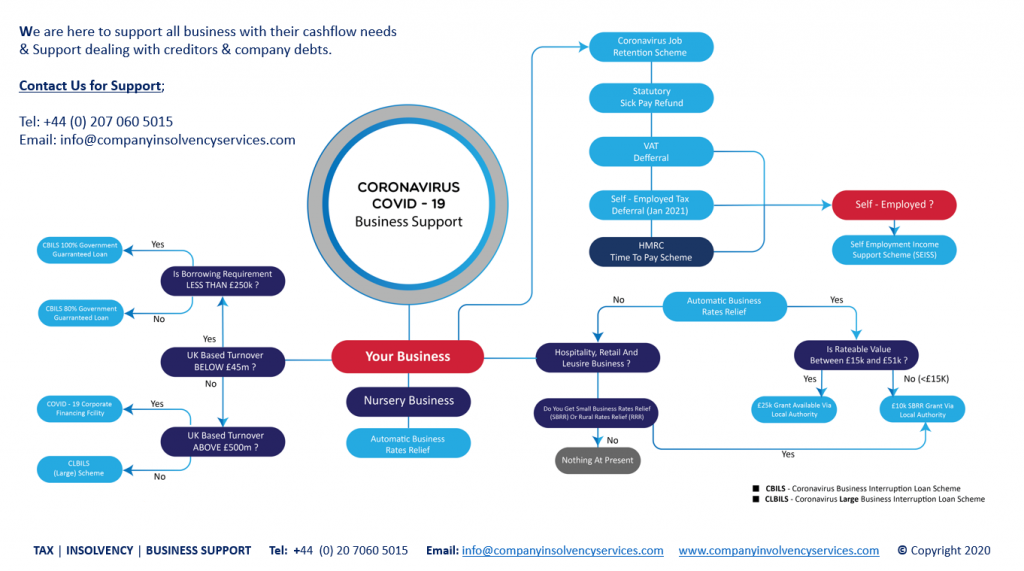Compulsory liquidation occurs when a company records losses and is no longer able to pay its creditors. This legal procedure, which consists in putting an end to the life of a company, is only possible if the latter cannot envisage legal receivership, that is to say, to continue its activity, to settle its debts and to maintain employment if it has employees. Compulsory liquidation applies to all persons who exercise a commercial or craft activity, an independent professional activity, and to all legal persons under private law.
What is Compulsory Liquidation?
Under what conditions can a bankruptcy procedure be opened?
A judicial liquidation procedure is started from the moment a company is in a state of cessation of payments and that it cannot resume normal activity. A company is said to be in insolvency, also called “bankruptcy” when it is unable to settle its debts with its available assets, that is to say, what belongs to it and which can be transformed immediately or in the very short term in cash.
The judicial liquidation procedure can be opened at the request of a creditor, the business owner himself, or the public prosecutor. The competent court in matters of judicial liquidation is the court, capable of judging this type of case, located on the same territory as the head office of the company concerned. It is mainly the district court, except for commercial and craft activities that fall under the commercial court. It is a judgment that declares compulsory liquidation.
The request to initiate the compulsory liquidation procedure can be made via a form which must specify the information concerning the applicant and the company (SIREN, number of employees, turnover, state debts, assets, difficulties encountered, etc.).
The closure of the liquidation procedure is generally pronounced by the court when the insufficiency of the assets of the company no longer allows satisfying the creditors. In principle, it takes 2 years between the opening and the closing of this legal procedure. As of this closing, the creditors, except in particular the tax services or the justice, can no longer initiate individual proceedings against the business which has been liquidated.
Note that there is a quicker simplified liquidation procedure (lasting approximately one year) which concerns more small businesses that do not own real estate assets, whose turnover before tax is lower to 300,000 euros, and who have a maximum of one employee.
Who carries out a compulsory liquidation?
The judgment of the court which pronounces the compulsory liquidation appoints a judge-commissioner in charge of ensuring the good and rapid progress of the judicial liquidation procedure in order to best protect the interests of all the parties (business and creditors). The judgment also provides for the appointment of a judicial agent called the liquidator. This is the person who will exercise, in place of the business owner concerned by the compulsory liquidation, his rights, and act on his behalf throughout the liquidation period.
The tasks of the liquidator
If the company is authorized by the court to continue its activity during the liquidation, the liquidator takes care of its management. He is also responsible for verifying the amount of all the company’s claims and must ensure that they are not in dispute.
The liquidator makes the sale of the company’s assets either through a global sale of the company in the case of a sale of the business for example or via separate sales in order to distribute the funds collected between the different creditors.
The liquidator also terminates employees, if necessary, and ensures that they are paid with their salaries, allowances, etc.
The consequences of the judgment declaring a liquidation:
1. Business activity stopped
When the competent court renders its judgment which pronounces legal liquidation, the enterprise must immediately stop its activity and be dissolved. Exceptionally, the court may grant a period of 3 months (renewable once). Until the bankruptcy procedure is closed, the entrepreneur can no longer administer his property. Once liquidated, the legal existence of the company no longer exists. Judicial liquidation is formalized by publication in a newspaper of legal announcements.
2. The judgment of means of legal action for creditors
In the same way, from the moment when a judicial liquidation procedure is opened, no legal action in order to make pay the debts to the company concerned, or to force it to answer a contract, can be business by its creditors.
3. Suspension of certain interest on bank loans
If the company subject to compulsory liquidation has outstanding bank loans, this legal procedure stops the interest due, with the exception of interest on loans of more than one year.
4. End of employee employment contracts
Within 15 days of the judgment pronouncing a liquidation, the employment contracts of the employees present in the company are broken. If a job protection plan (PSE) is put in place in the context of redundancies for economic reasons, this period is increased to 21 days. Salaries, bonuses, indemnities, social security contributions, etc. are then covered by the wage guarantee insurance (AGS), insurance financed by a compulsory employer contribution.
5. Settlement of claims
In the 2 months following the publication in the Official Bulletin of Civil and Commercial Announcements of the judgment declaring the liquidation, all the claims of the company become due. The persons or companies concerned must send a declaration of claims to the liquidator who has been appointed by the judgment.
What is the process of compulsory liquidation?
Collective procedure resulting in the dissolution of the company, the purpose of the judicial liquidation is to settle the debts of the company by proceeding to the sale of its goods. Here is how a compulsory bankruptcy procedure takes place, step by step.
Companies in liquidation
Judicial liquidation is applicable to any person exercising a commercial or craft activity, to any farmer, to any other natural person exercising an independent professional activity as well as to companies and associations.
It concerns debtors :
• In the cessation of payments, that is to say, unable to meet their current liabilities with their available assets;
• Whose recovery is manifestly impossible, so that recourse to a receivership procedure would prove useless.
Opening Conditions
The competent court is:
• The commercial court if the debtor is a trader or registered in the trade directory.
• The court of justice (TJ) in other cases.
The request for the opening of a compulsory liquidation can be initiated by:
• A request from the debtor himself at the latest within 45 days of the cessation of payments when no conciliation procedure has been initiated within this period (some small entrepreneurs may on this occasion requested a professional recovery procedure in order to obtain the cancellation of the company’s debts);
• A summons from the debtor by one or more of his creditors;
• An automatic referral from the court;
• A seizure of the court on request of the public prosecutor.
• When it comes to the debtor himself, the request must contain the elements provided for in the article.
Procedure:
Opening judgment
In its opening judgment, the court appoints a liquidator. The debtor then finds himself divested of the administration and disposal of his property. The rights and actions of the debtor relating to his assets are then exercised by the liquidator. He proceeds in particular to the economic redundancies provided for in the application of the decision opening or pronouncing the liquidation. The dismissal procedure is then subject to special rules due to the situation of the company, cf. the rights of employees dismissed during a liquidation.
When a debtor is a natural person and not a company, he cannot exercise any independent commercial, craft, agricultural, or professional activity during the whole period of the liquidation. However, this rule does not apply to the individual entrepreneur debtor when his new activities involve assets other than that targeted by the procedure.
The liquidation ends on a date fixed by the court. If it cannot be pronounced at the end of this period, the court may extend its duration by a reasoned decision.
Payment of debts
The liquidator is empowered to pay creditors. It is therefore up to him to distribute the sales proceeds and to settle the payment order of the creditors. Under the supervision of a bankruptcy judge, sales of the debtor’s property may be carried out over the counter or through public auctions under the conditions provided for by the provisions of the Commercial Code.
Termination of the procedure
The procedure is closed for one of the following reasons:
• There are no longer any current liabilities;
• The liquidator has sufficient sums to pay off the creditors;
• Insufficient assets make it impossible to continue the operation: we then proceed to close for insufficient assets.
At the close of its liquidation, the company no longer exists as a legal person.
Sale of business
When takeover offers have been made, the liquidation may also take the form of a total or partial sale of the business. This takeover must ensure the maintenance of activities likely to operate independently, all or part of the jobs attached to it as well as the settlement of liabilities. The court decides the transfer plan. The selected offer is the one that allows in the best conditions to ensure the longest-lasting employment attached to the set sold as well as the payment of creditors while presenting the best performance guarantees.
Do you need free confidential liquidation advice?
Please feel free to confidentially contact us at +44 (0) 020 7060 5015 or email us info@companyinsolvencyservices.com




